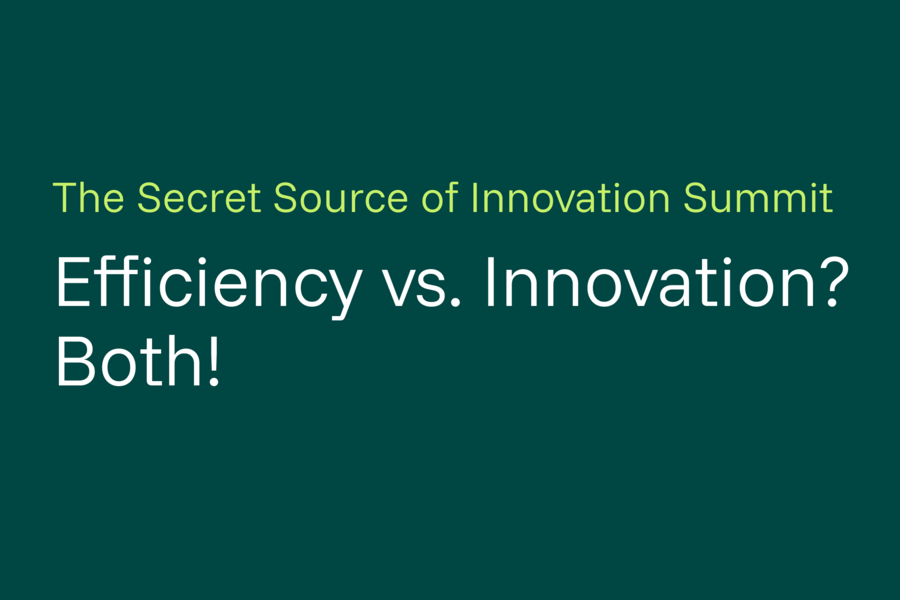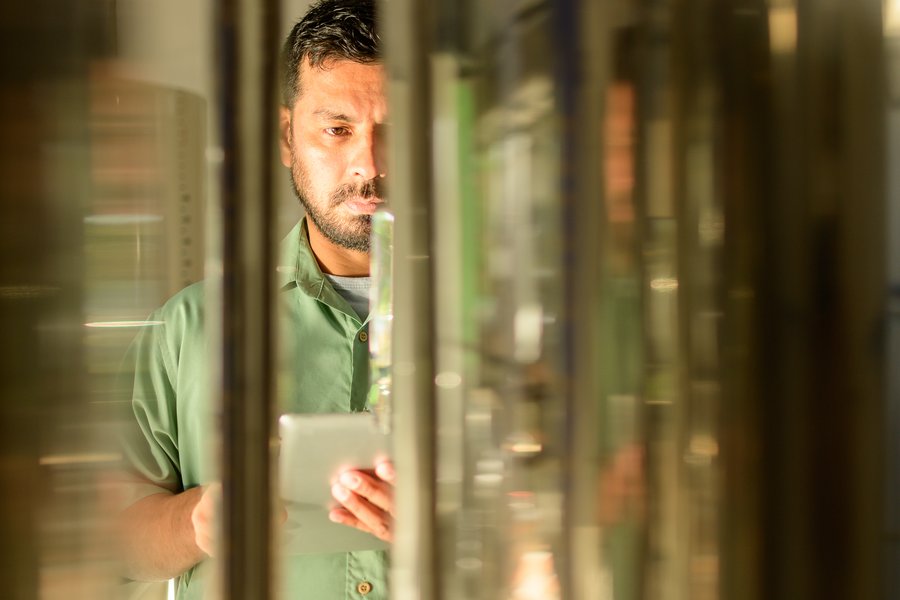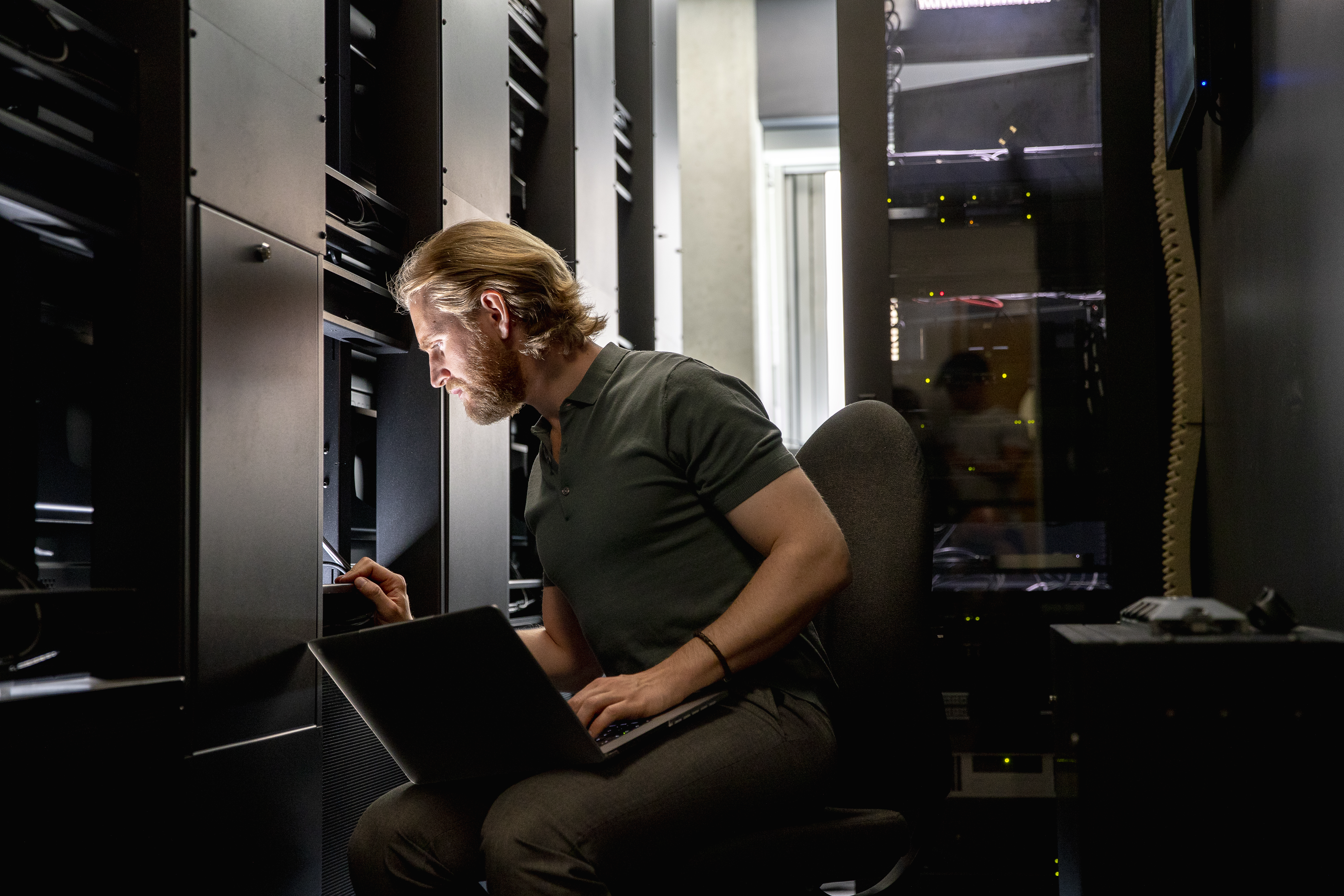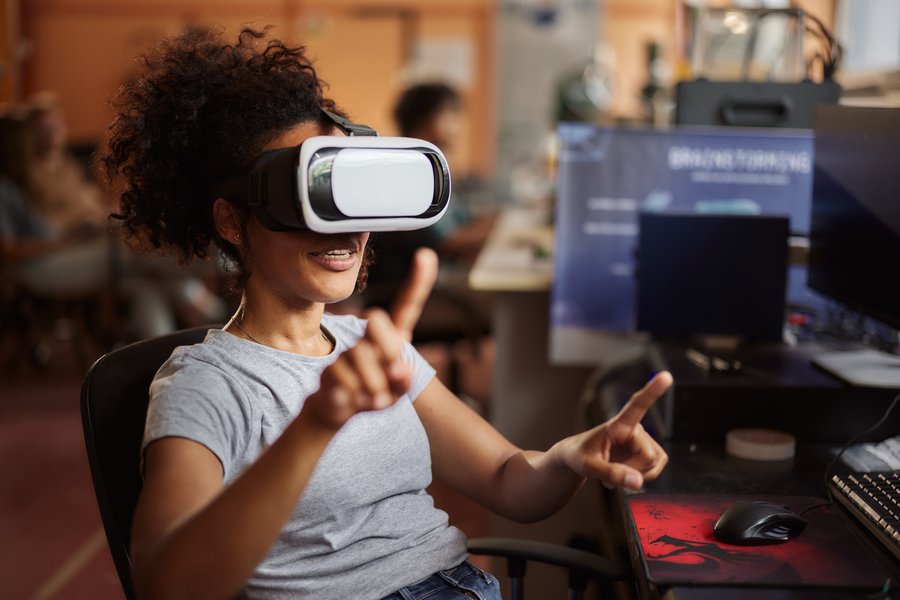Innovation in life sciences

Why Innovation in life science does not have to be rocket science
Life science is facing industry-specific challenges when it comes to improve interaction with external ecosystems. The life science (LS) sector has shown difficulties in adapting to Open Innovation and the reasons are various.
In a study, we worked closely with different companies in the LS sector and collected data for over ten years. The analysis of this data clearly shows that integrating stakeholders (directly or indirectly) using OI methodologies can provide a valuable source of insights if managed correctly.
Innovate together
This project was realized by the Qvest subsidiary HYVE, our leading foresight & innovation company. To find out more about our co-creation capabilities, visit www.hyve.net
The challenge
The Open Innovation (OI) and user integration approaches have been applied in a huge variety of industries over the last two decades ever more professionally and digitally. In the life science (LS) sector where various obstacles and regulations hinder the implementation and execution of OI initiatives this is different. In our study with data from over ten years, we attempted to create a better understanding of how life science companies can implement OI using user innovation. For the study, we condensed our learnings from ten years of Open Innovation in the life science industry and interviewed many project partners.
Our innovation experts Niclas Kröger and Christoph Janach collaborated with Maximilian Rapp from EY to capture the results in their conference paper Open Innovation within Life Sciences: Industry-Specific Challenges and How to Improve Interaction with External Ecosystems. A whitepaper summarizes the findings and derives success criteria for Open Innovation in life science.
Barriers that make it harder for life science companies to implement Open Innovation are:
1. Regulations and compliance
2. Ethics and communication in OI initiatives.
3. R&D associated costs and resources
To bridge these challenges and to profit from external input, there are different methods that are best suited for the LS sector‘s innovation process.
Success criteria for Open Innovation in life science
1. (Indirect) integration of unknown stakeholders
Many LS companies prefer to involve stakeholders in their innovation process without a direct relationship. This can be done through Netnography, Crowdsourcing, or role-play.
2. Active integration of known stakeholders
Life science companies like to involve stakeholders directly, even if this is often more difficult than indirect integration. Methods to integrate known stakeholders that we have identified include ORCs with doctors and co-creation with doctors, universities, patient organizations, and patients.
3. Overall success factors of Open Innovation in the life science Industry
There are general success factors for OI in the LS sector that can help managers develop an Open Innovation strategy.

































































